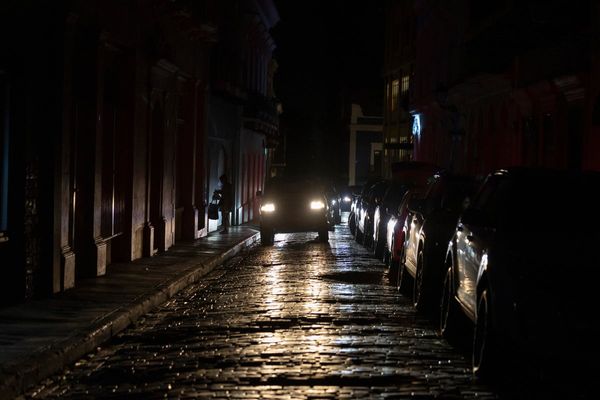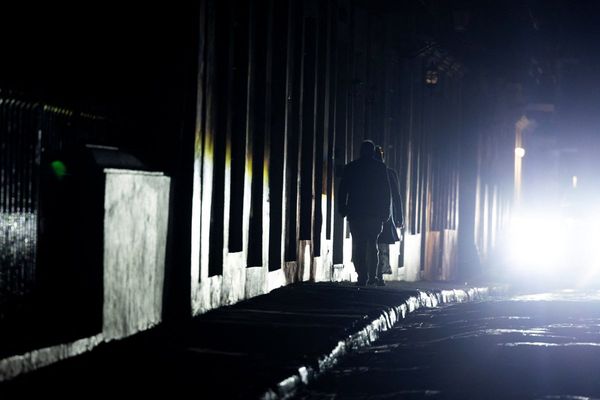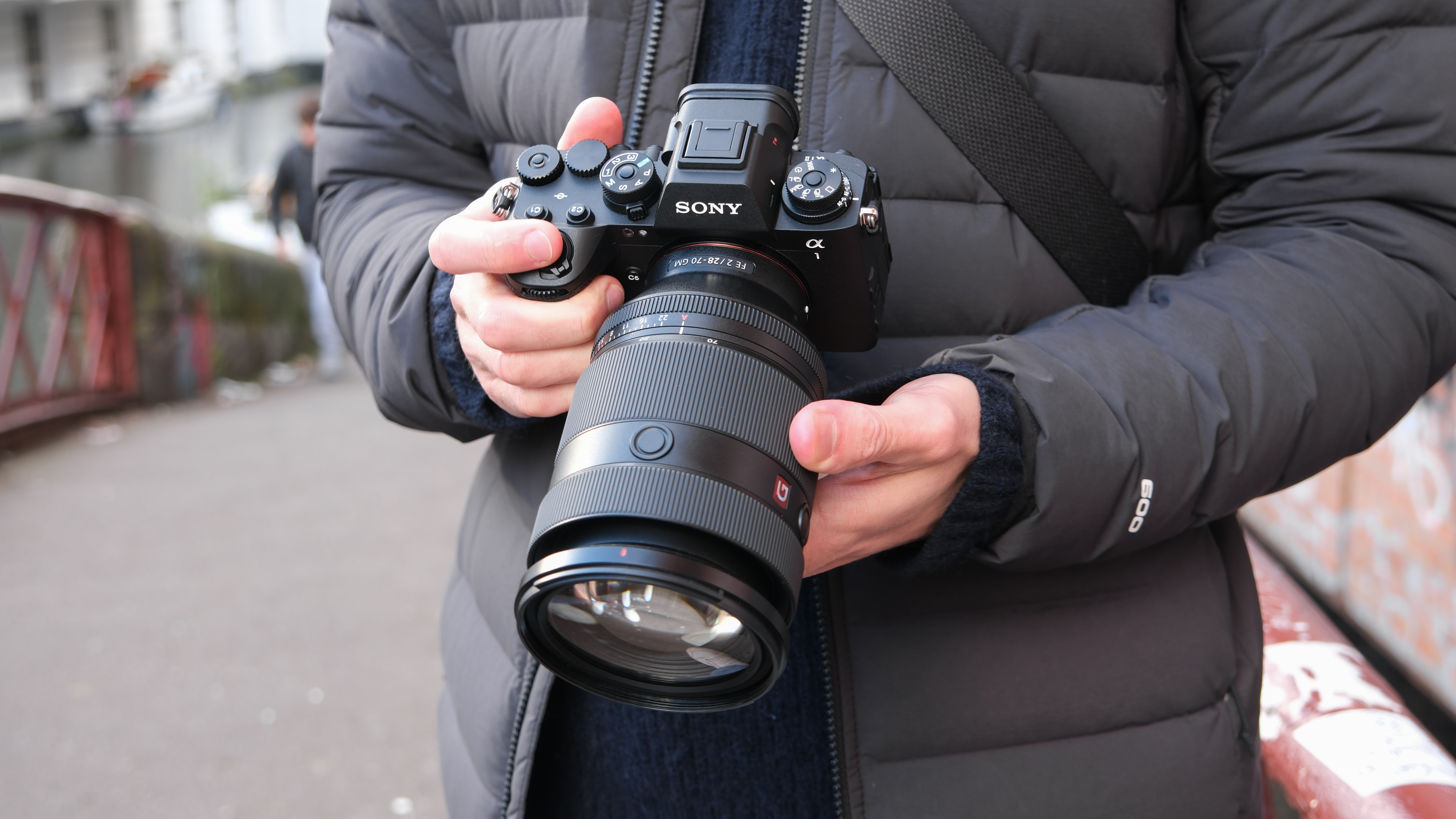
Photographers and engineers have always dreamed of wide-aperture standard zoom lenses that can rival prime lenses – without being enormous beasts. Could there ever be a lens that combines the versatility of a standard zoom with the impressive aperture of a prime lens while maintaining a practical size and weight for professional photographers who might otherwise opt for a 24-70mm f/2.8?
There have been some notable entries in this category – Sigma's 28-45mm f/1.8 DG DN Art offers a prime-like f/1.8 aperture but sacrifices some focal length. On the other hand, Tamron's 35-150mm f/2-2.8 Di III VXD provides a broad focal range but cannot maintain its maximum aperture throughout.
Canon hit this focal length and aperture with its RF 28-70mm f/2 USM lens, but couldn't quite stop its lens from being an absolute monster in size.
The Sony FE 28-70mm f/2 G Master may very well be the first lens to successfully deliver an impressive combination of focal range, large aperture, and a practical size – but is it also good at taking pictures?
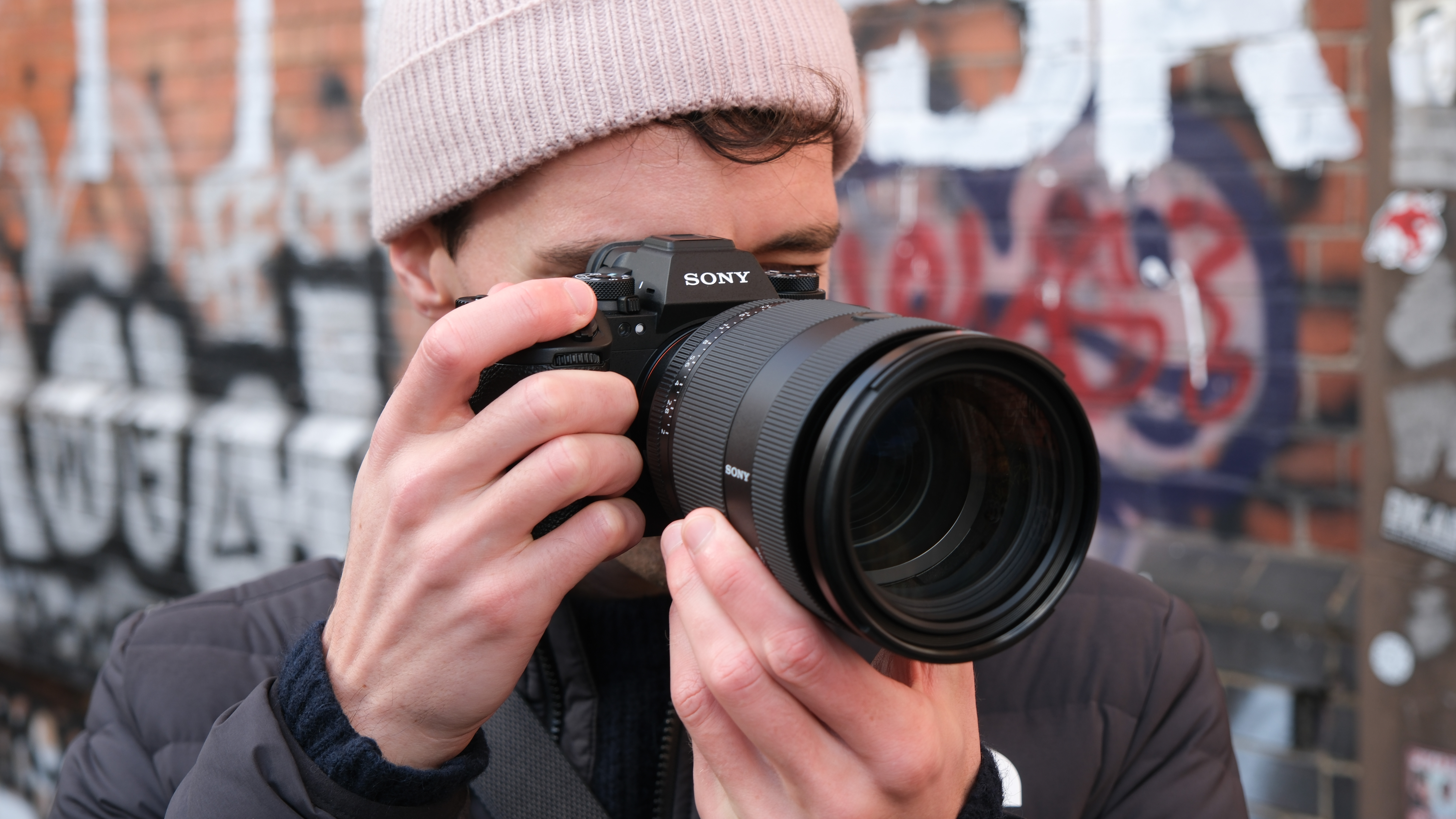
Sony FE 28-70mm f/2 GM: Specifications
Sony FE 28-70mm f/2 GM: Price
Like Canon’s incredibly expensive 28-70mm f/2 at $3,099 / £3,199, Sony’s take on this focal length comes with a similar unaffordable-for-most price tag of $2,899 / £3,049. But this is a professional lens with professional pricing.
In comparison, the Sony FE 24-70mm f/2.8 GM costs a now more economical-sounding $2,299 / £1,999. While the Sony 28-70mm is a marvel of engineering, and an excellent lens – it really is only worth paying so much above the asking price of the 24-70mm if you genuinely need those extra few stops of light. An alternative is to perhaps consider buying the 24-70mm and a prime lens with the money you save.
Sony FE 28-70mm f/2 GM: Design & Handling
Sony has pulled off one heck of a design feat with this lens – somehow making a 28-70mm f/2 lens that is only marginally bigger than 24-70mm f/2.8 and actually practical to use!
Although I won’t get carried away, this is a professional lens for the most demanding of pros who need this aperture – I wouldn’t think of taking this on my next vacation. The lens is still big and heavy, especially in combination with a camera like the Sony a1 II I was testing it with – but I could actually use this lens for a full day of wedding or event shooting with it slung over my shoulder, when walking around it didn’t feel much different to my usual 24-70mm f/2.8.
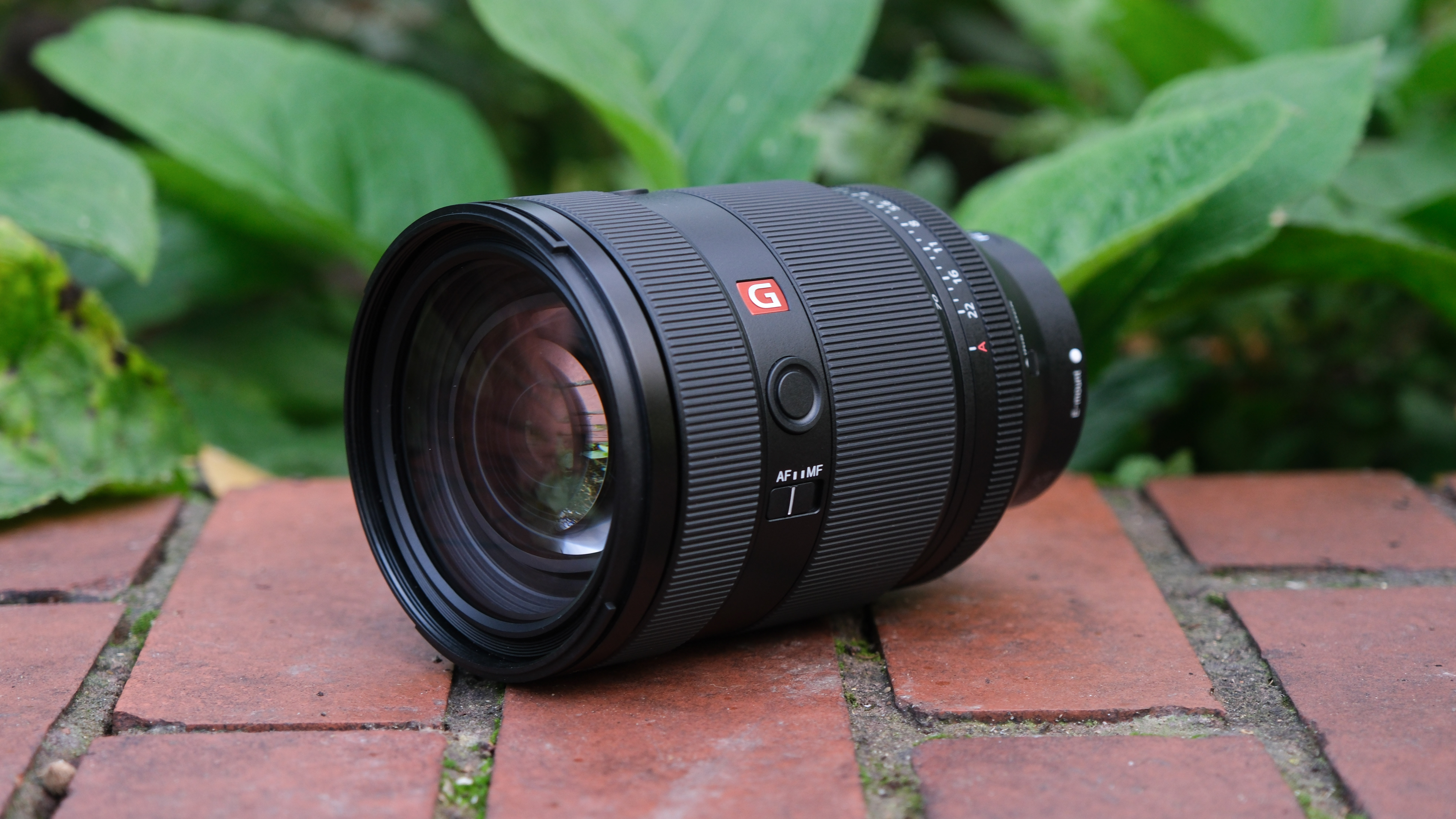
This lens must inevitably be compared to the Canon 28-70mm f/2 lens, which is the only other 28-70mm f/2 on the market right now. But to put it succinctly, when it comes to design, there is no competition.
The Sony lens is a huge 18.06oz/512g lighter than the Canon version, a difference that is more than the entire weight of the Sony FE 24-50mm f/2.8 GM lens. Sony’s lens is also 0.43in/10.9mm narrower in width than Canon’s, although interestingly, an identical length.
It's worth reminding everyone here, that Canon’s 28-70mm f/2 lens was released five years ago, and was one of the first lenses designed for its brand new mirrorless mount. You have to expect with technological advances, years of research and design, and the latest manufacturing techniques, Canon could potentially design something more akin in size and weight to the Sony version if it so chose – but if Canon has a retort up its sleeve, I don't know.
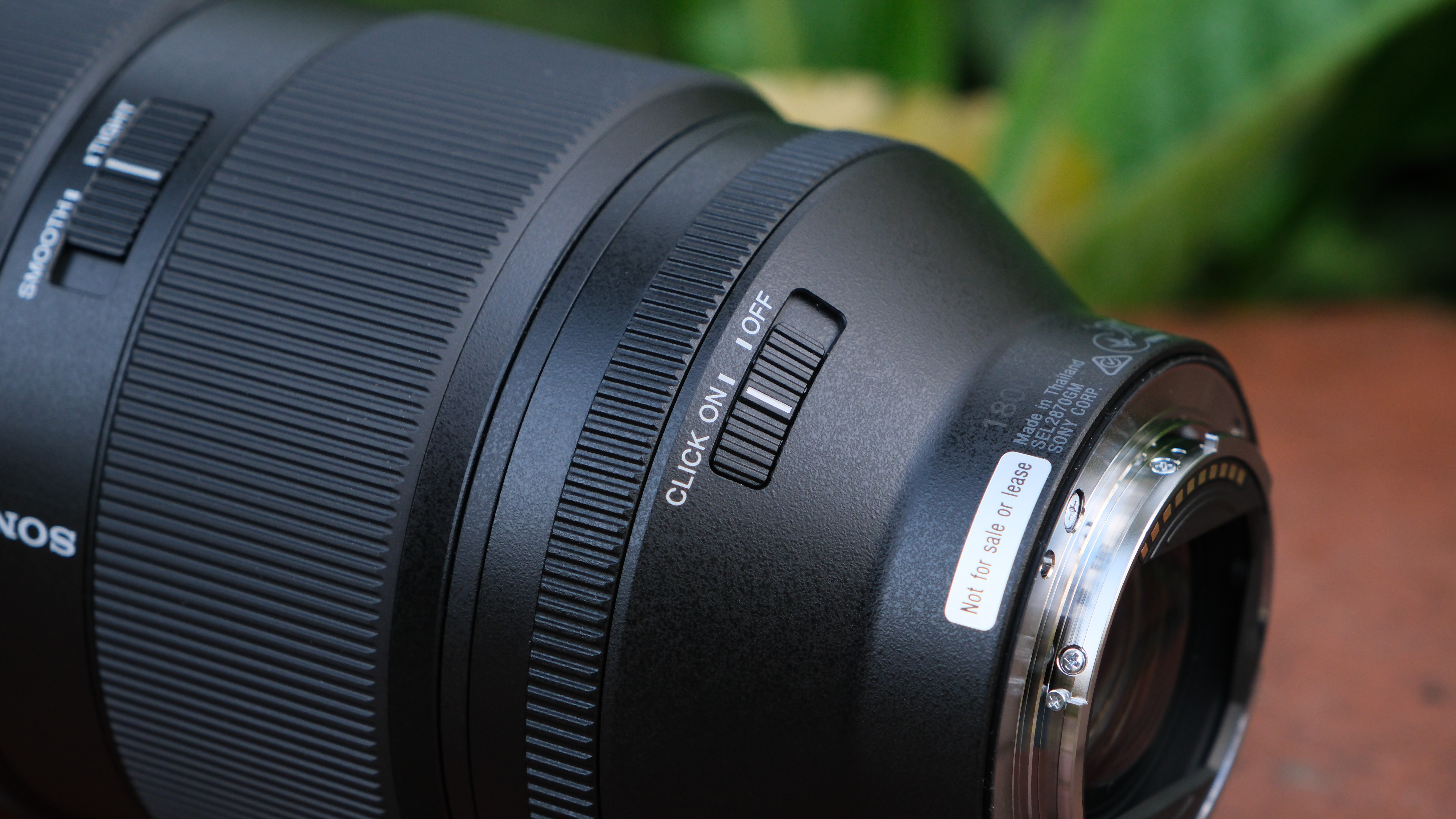
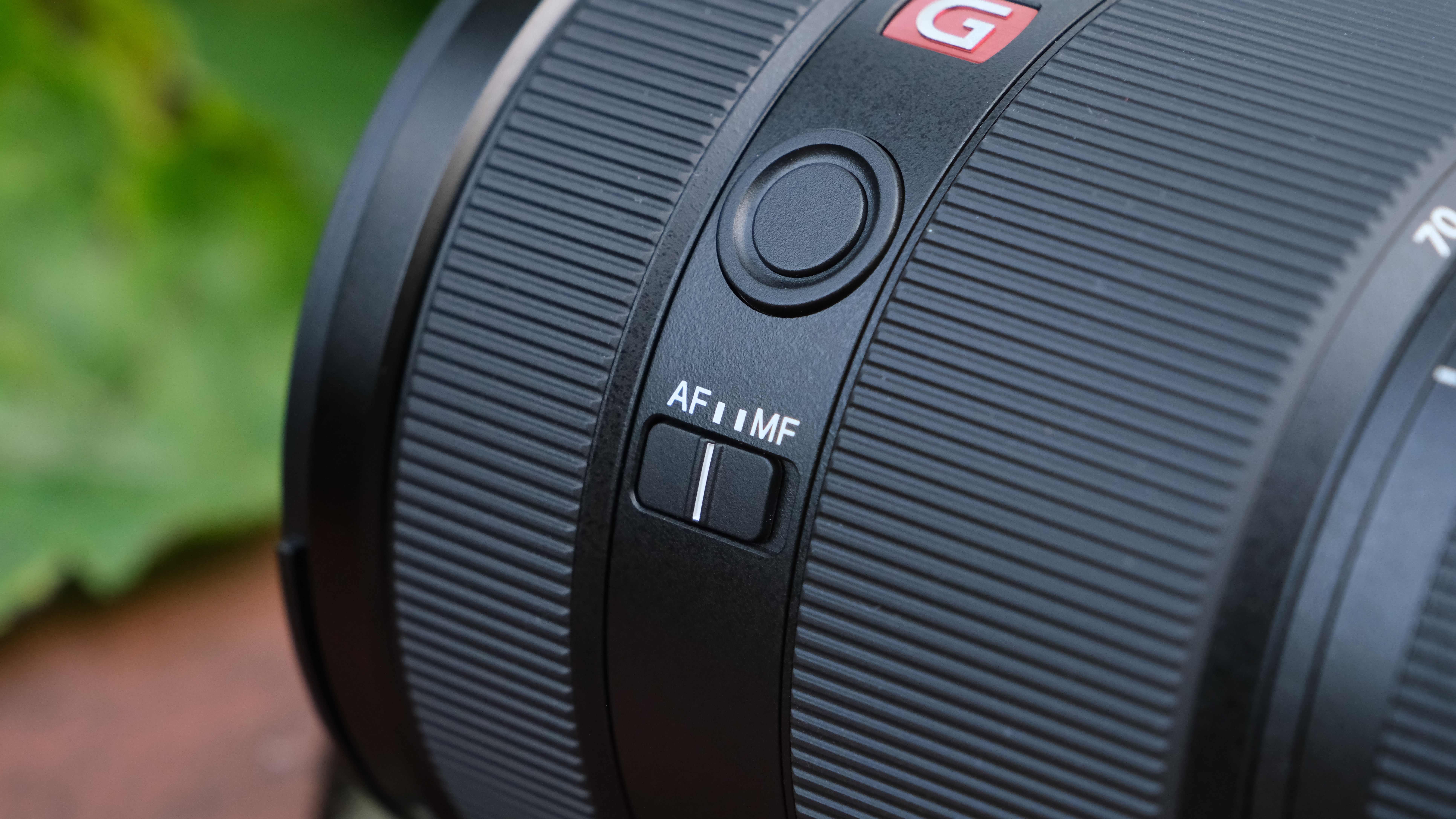
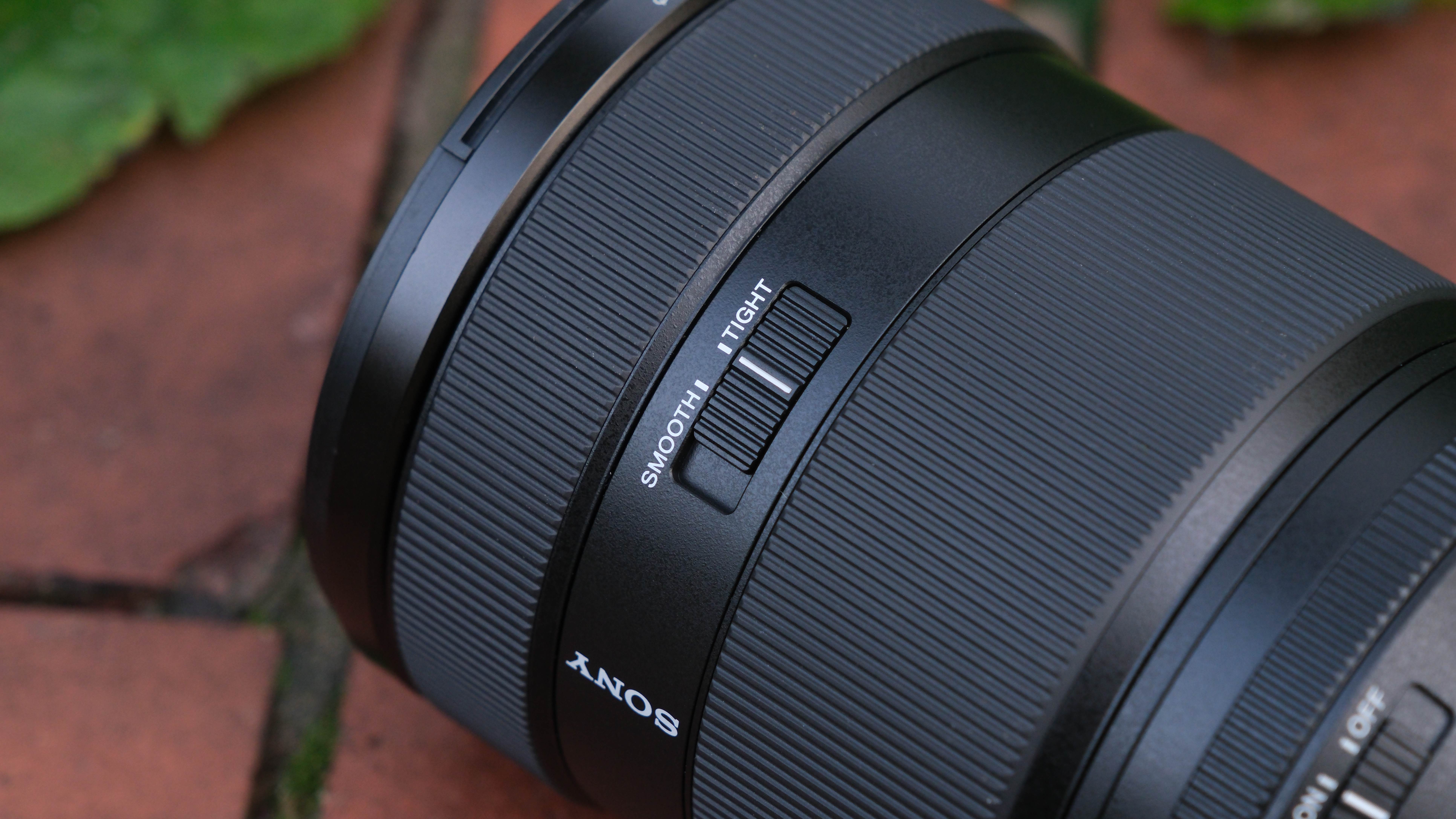
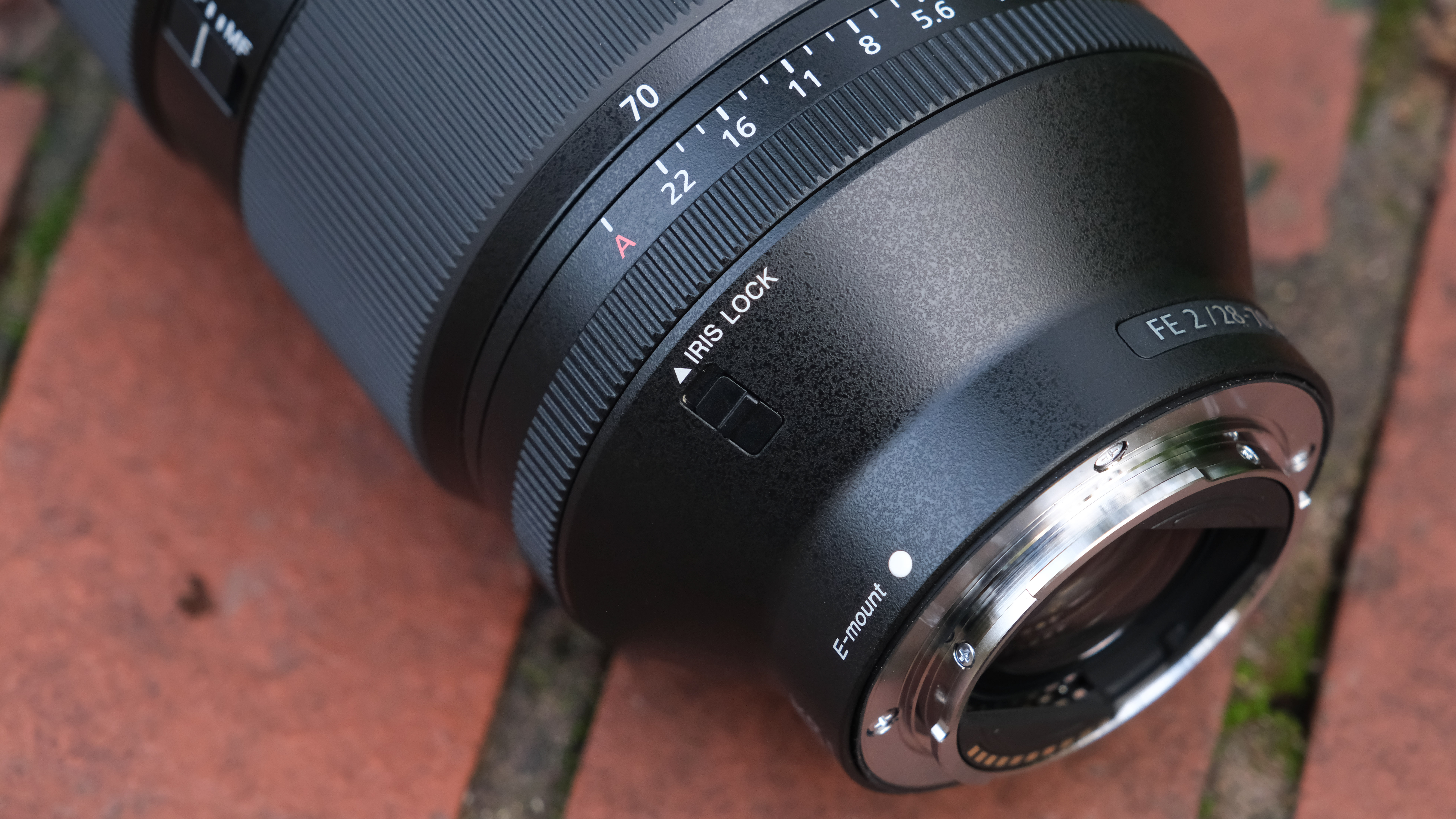
But back to the Sony 28-70mm. This is a Sony G-Master lens, you’ll find the usual hallmarks of such. The lens has two customizable focus lock buttons on the top and side of the lens, an aperture/iris ring with a lock switch to lock the ring in or out of auto, a switch to change the zoom ring from smooth for video to tight for precise tuning, and an AF/MF switch.
Although it certainly would have been the coup de grâce, the zoom is not internal, however, the extension of the lens while zooming is remarkably short, only extending by around 0.59in/15mm, which is a huge plus for what is already a very front-heavy lens.
Sony FE 28-70mm f/2 GM: Performance
Any inconvenience due to the size and weight of the lens I can immediately forgive after looking at the quality of the qualities it can produce. The quality of this lens is exceptional, especially paired with the high-resolution sensor in the Sony a1 II I was testing with.
Sharpness is extremely good, shooting subjects that were slightly outside the reach of the lens and cropping in still revealed so much detail (the a1 II also offers an APS-C mode specifically for this) and paired with the right sensor, it is almost like having a much longer focal length.
Centre sharpness looks great at every focal length and aperture combination, and pixel peeping in the corners, and everything still looks sharp, although there is some ever so slight softness creeping in when wide open compared to the center, but I found it unnoticeable without searching for it. There is also no vignetting to be seen, or chromatic aberrations for that matter. All-round full marks.
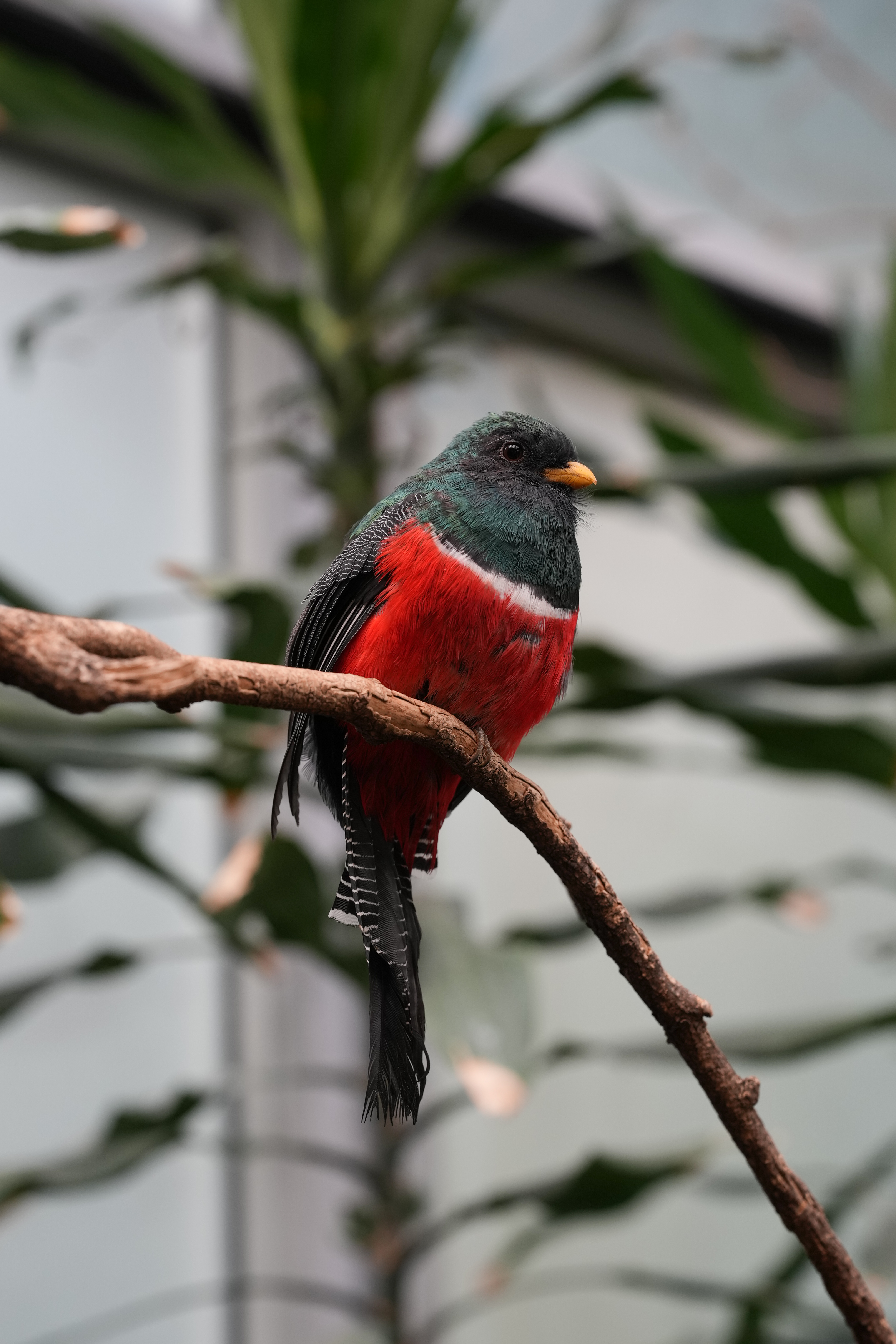
Autofocus is incredibly quick and silent for a lens with such significant bulk, although this is perhaps unsurprising when it is driven by a total of four XD linear motors. The lens had no issue snapping between near and far or sticking to erratic moving subjects like darting animals.
One of the major advantages of a zoom lens is the versatility of what you can cover. At the wide end of the zoom, I didn't really notice losing 4mm from my usual 24-70mm focal length – unless you frequently need the widest angle, I think you should be okay here.
For portraits at 70mm, the f/2 gives a smooth background blur with rounded bokeh, with improved background falloff over a 24-70mm f/2.8, which at this compression makes for stunning images.

I am not convinced that the blur is obviously better than an f/2.8 at 70mm unless images are carefully compared side-by-side, and the convenience of having multiple focal lengths aside, if you are looking for an artistic level of subject isolation, then a prime lens with an f/1.2-f/1.8 is still the way to go.
But one area where the wider aperture does shine is with its extra light-gathering abilities. The wider aperture did allow me to use quicker shutter speeds than I would get away with on an f/2.8 lens, which was really beneficial in low-light situations when I can't get my subject to slow down to a degree when they won't blur. If you are a wedding or event photographer, then this might be all the convincing you need.
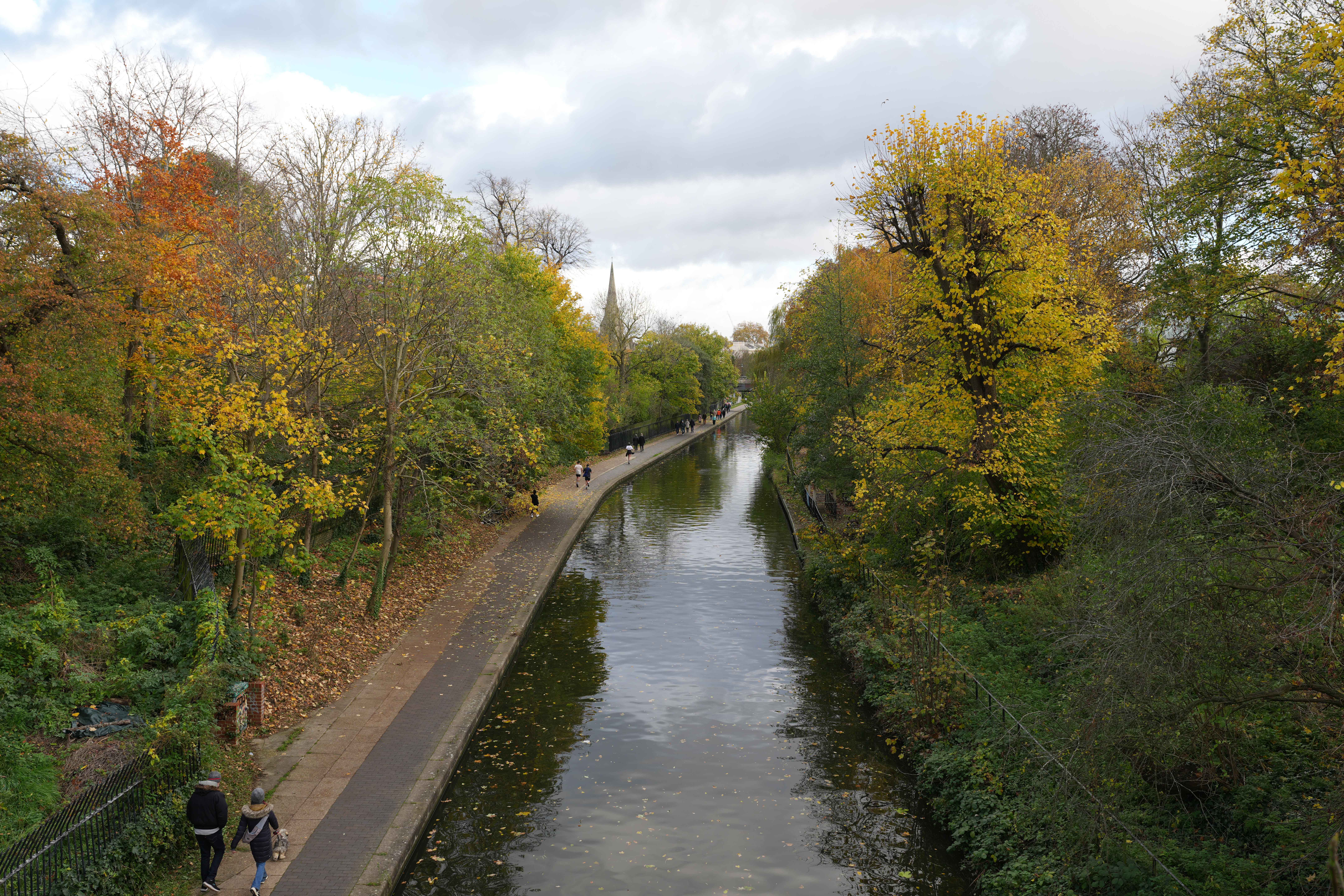
Sony FE 28-70mm f/2 GM: Sample Images
All these images were shot with the Sony a1 II camera and the Sony 28-70mm f/2 GM lens around London over the course of several days, including indoors and outdoors in challenging light conditions.

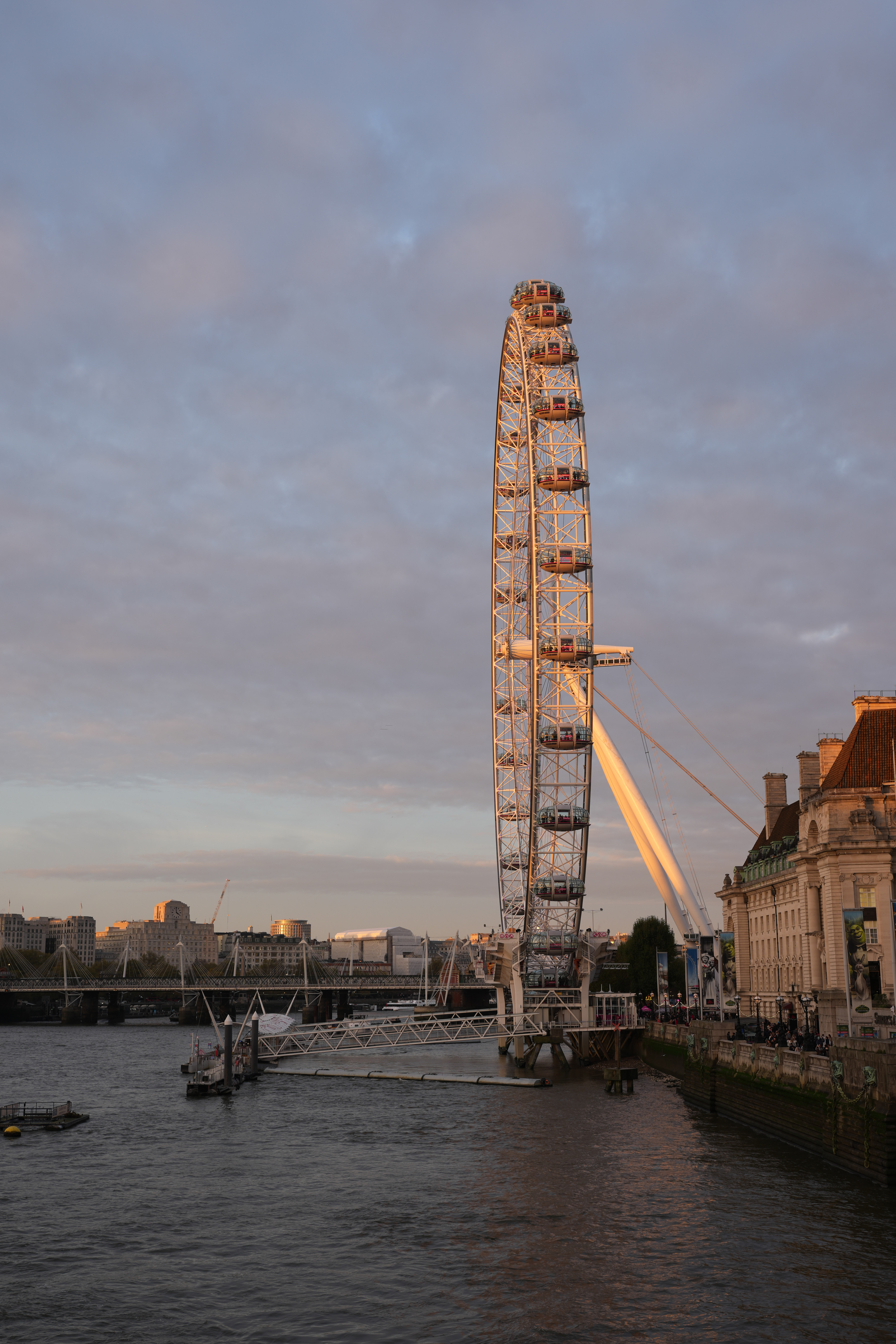
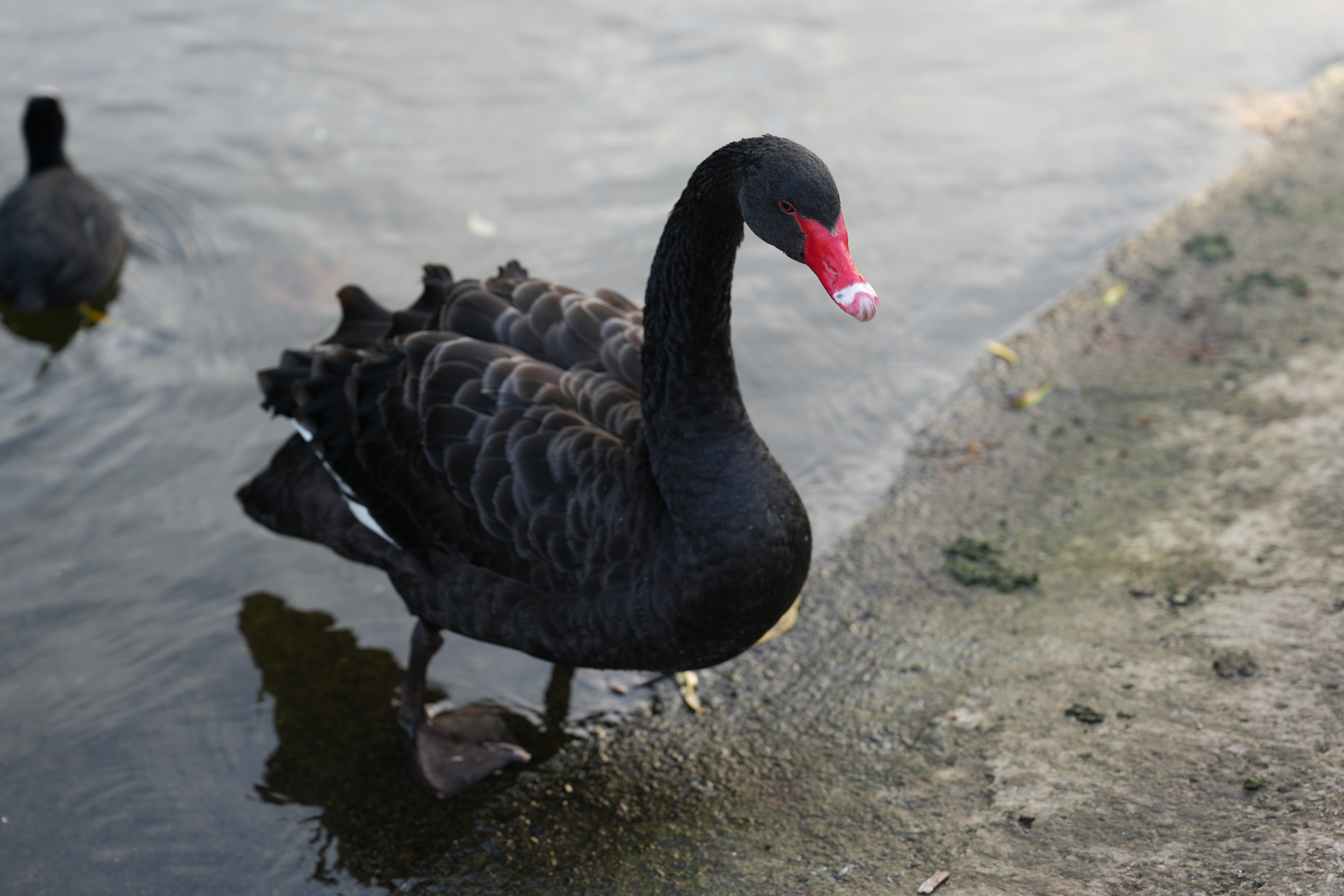
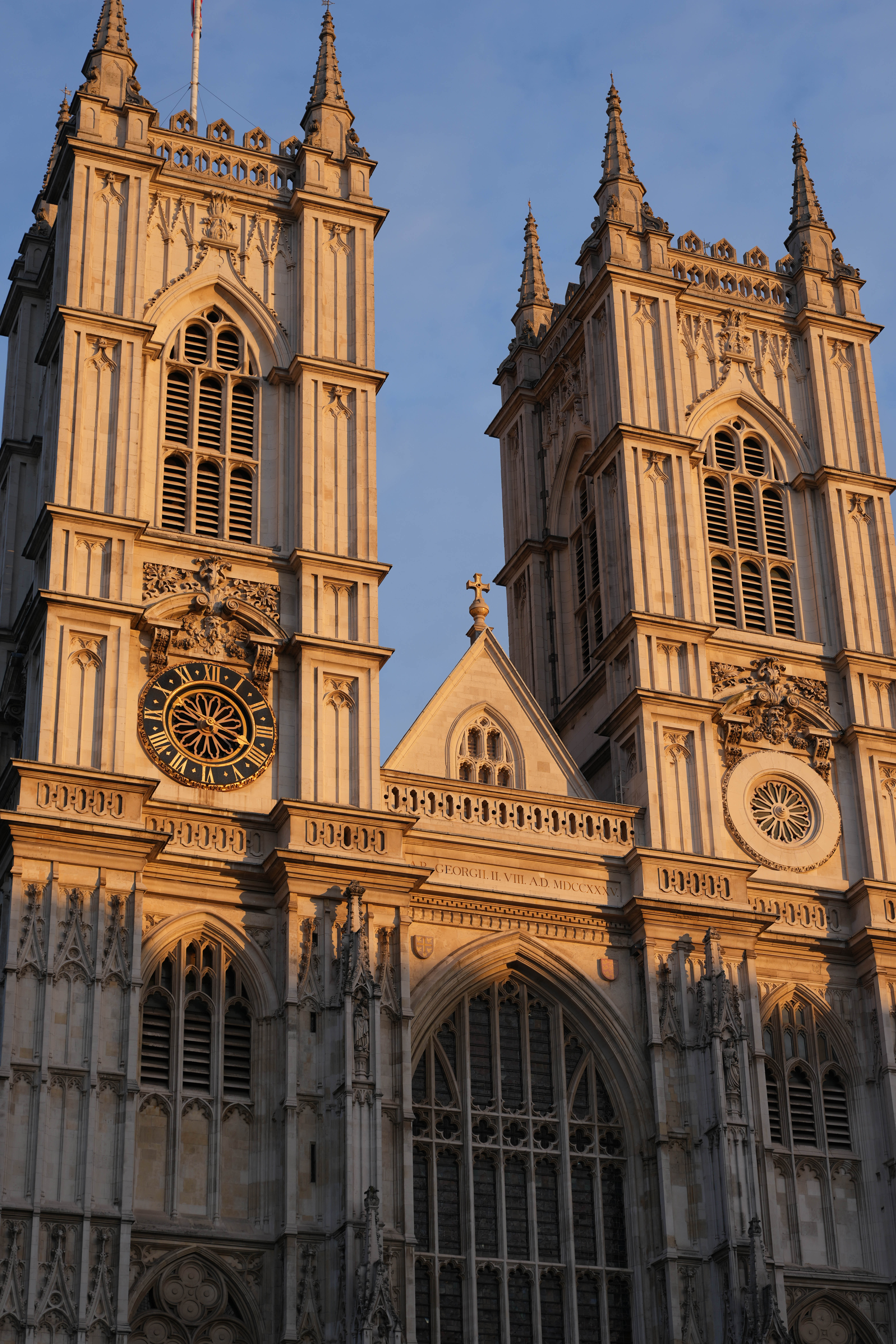

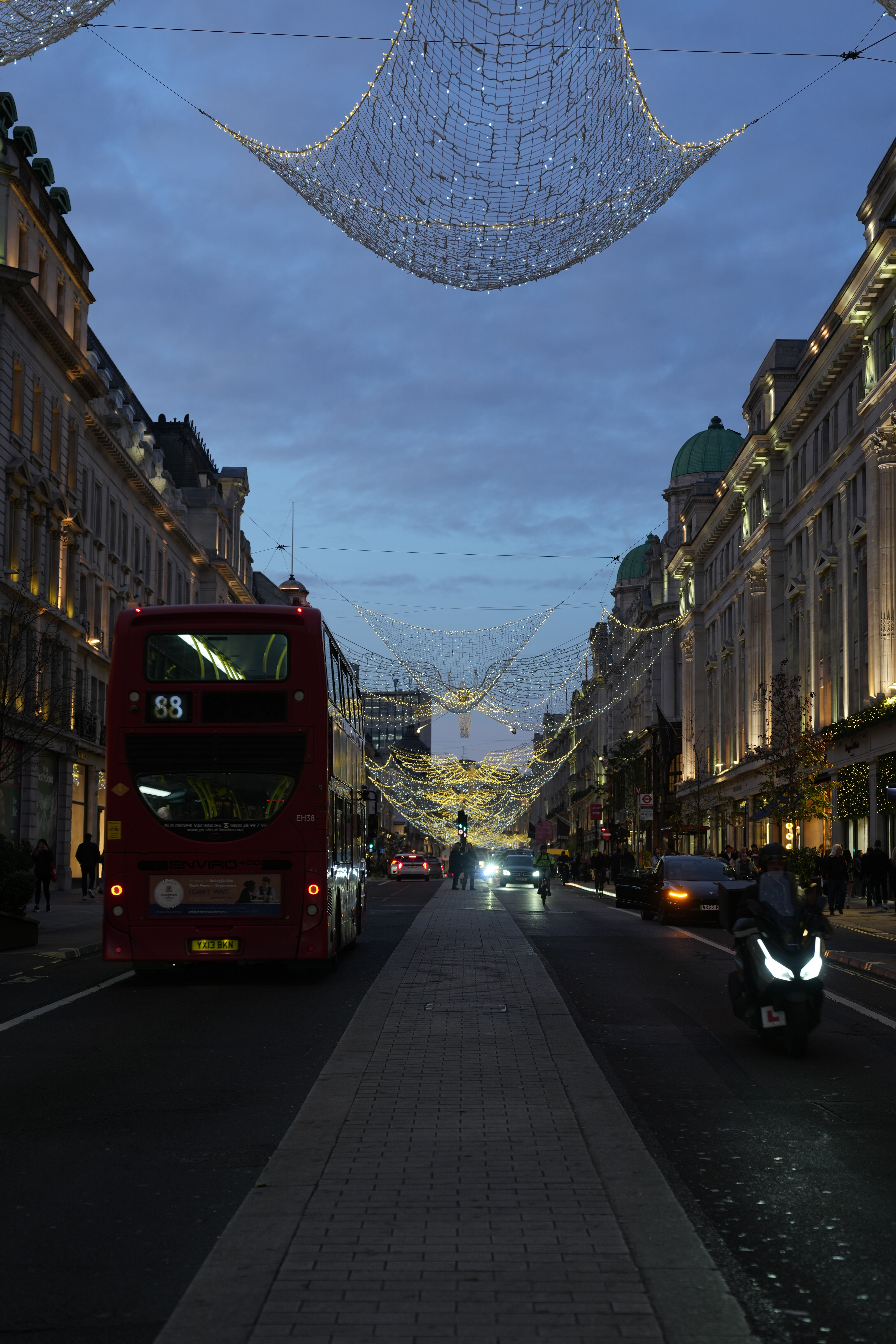


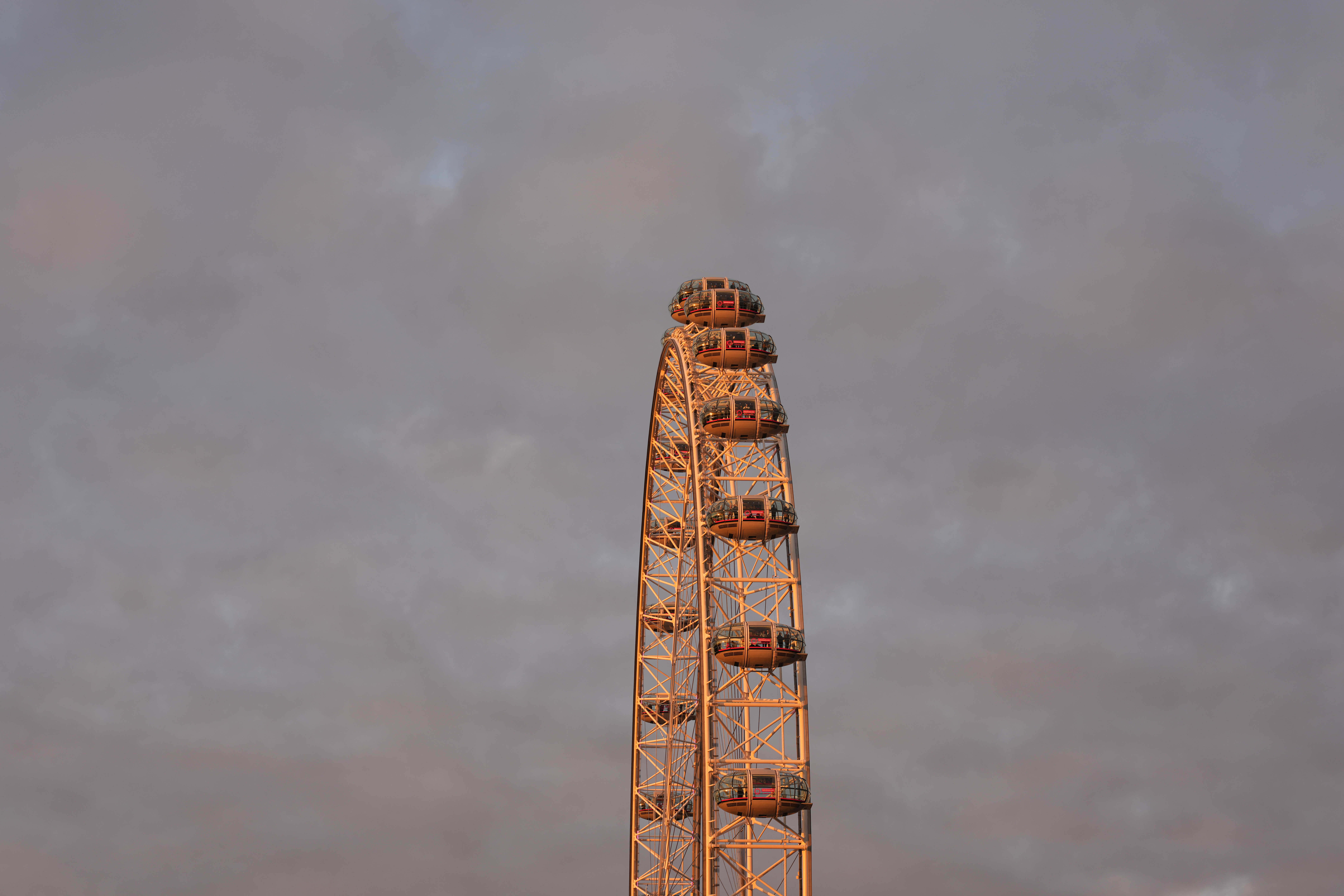


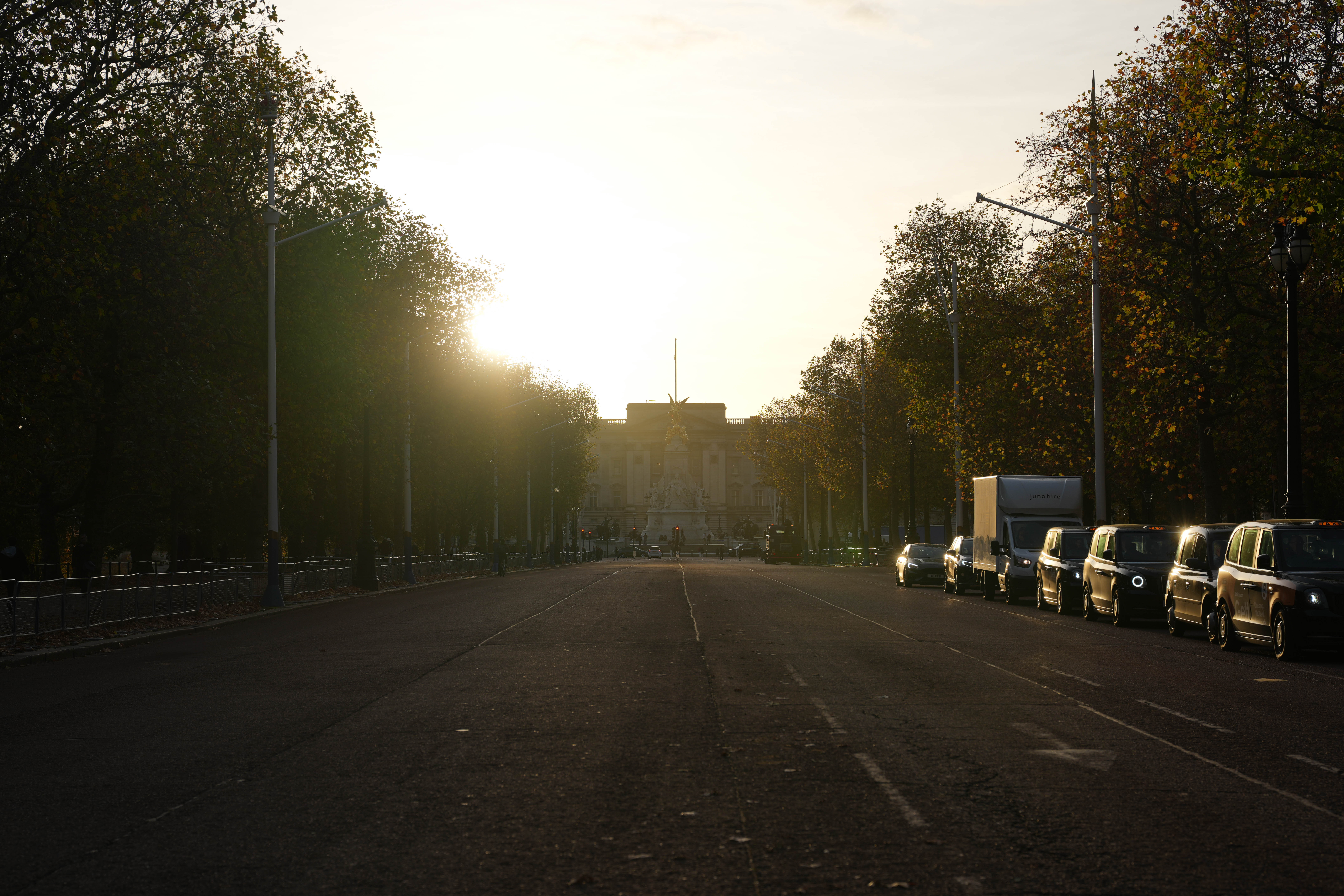



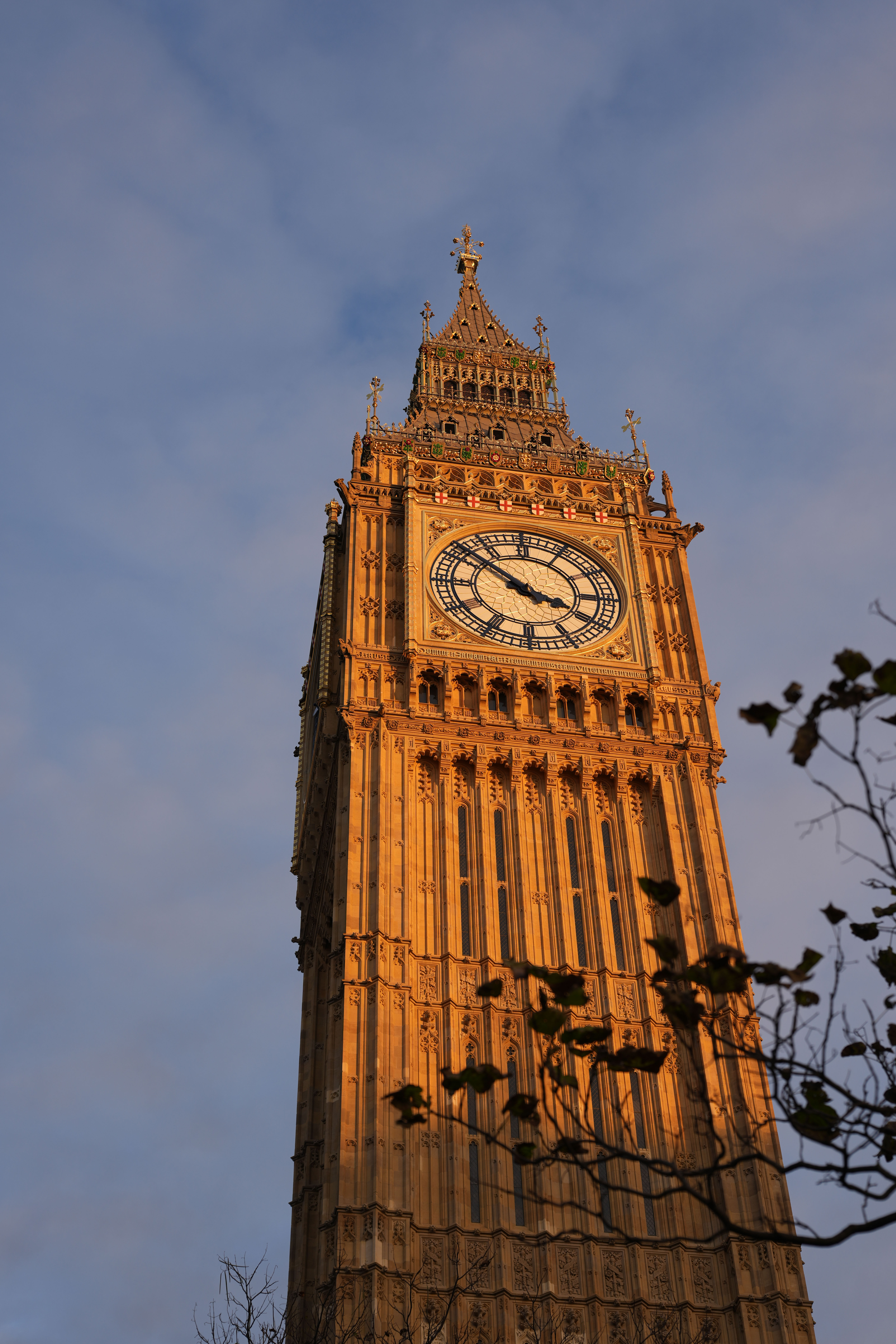
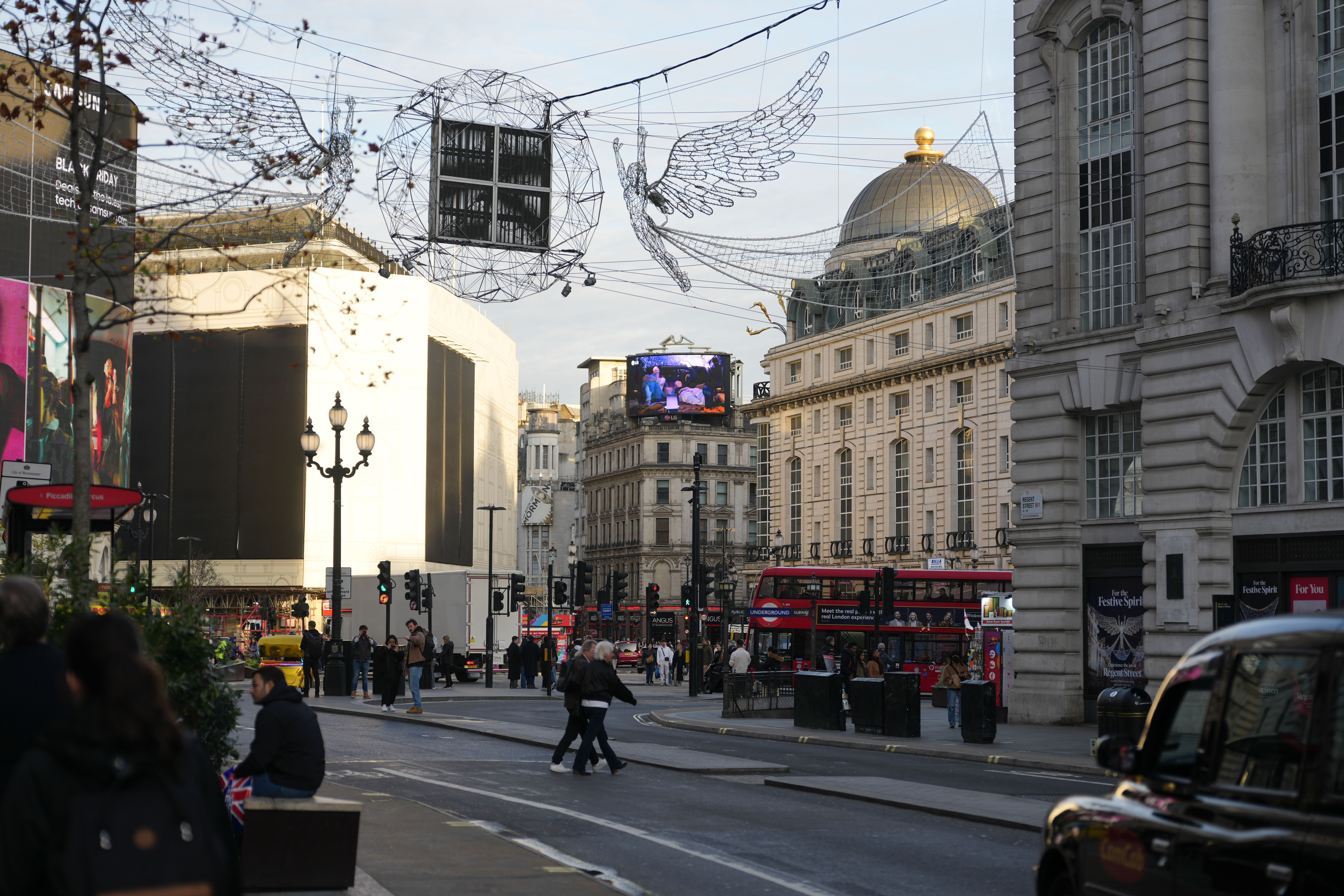
Sony FE 28-70mm f/2 GM: Lab results
We run a range of lab tests under controlled conditions, using the Imatest Master testing suite. Photos of test charts are taken across the range of apertures and zooms (where available), then analyzed for sharpness, distortion and chromatic aberrations.
We use Imatest SFR (spatial frequency response) charts and analysis software to plot lens resolution at the center of the image frame, corners and mid-point distances, across the range of aperture settings and, with zoom lenses, at four different focal lengths. The tests also measure distortion and color fringing (chromatic aberration).
Sharpness
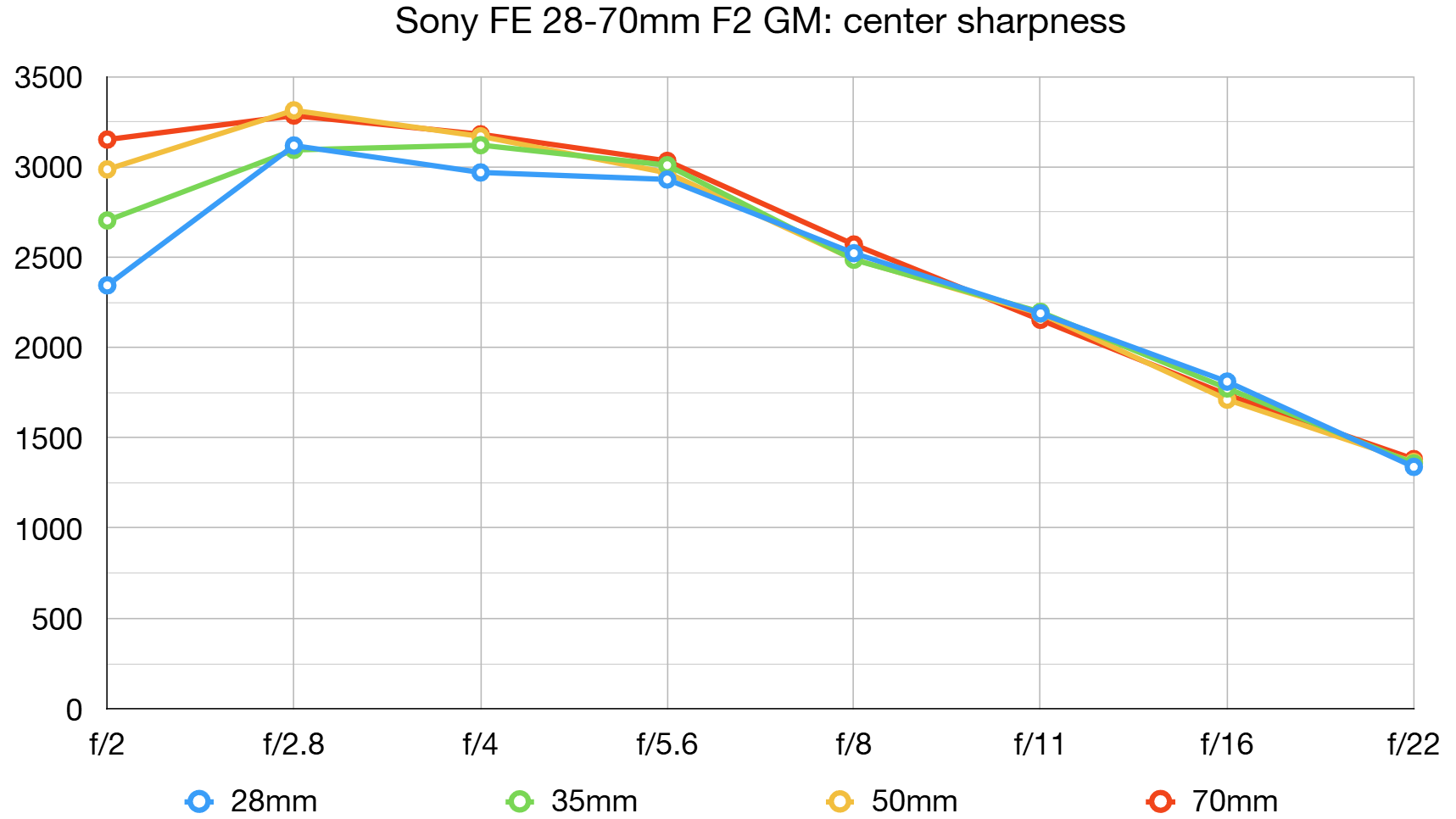
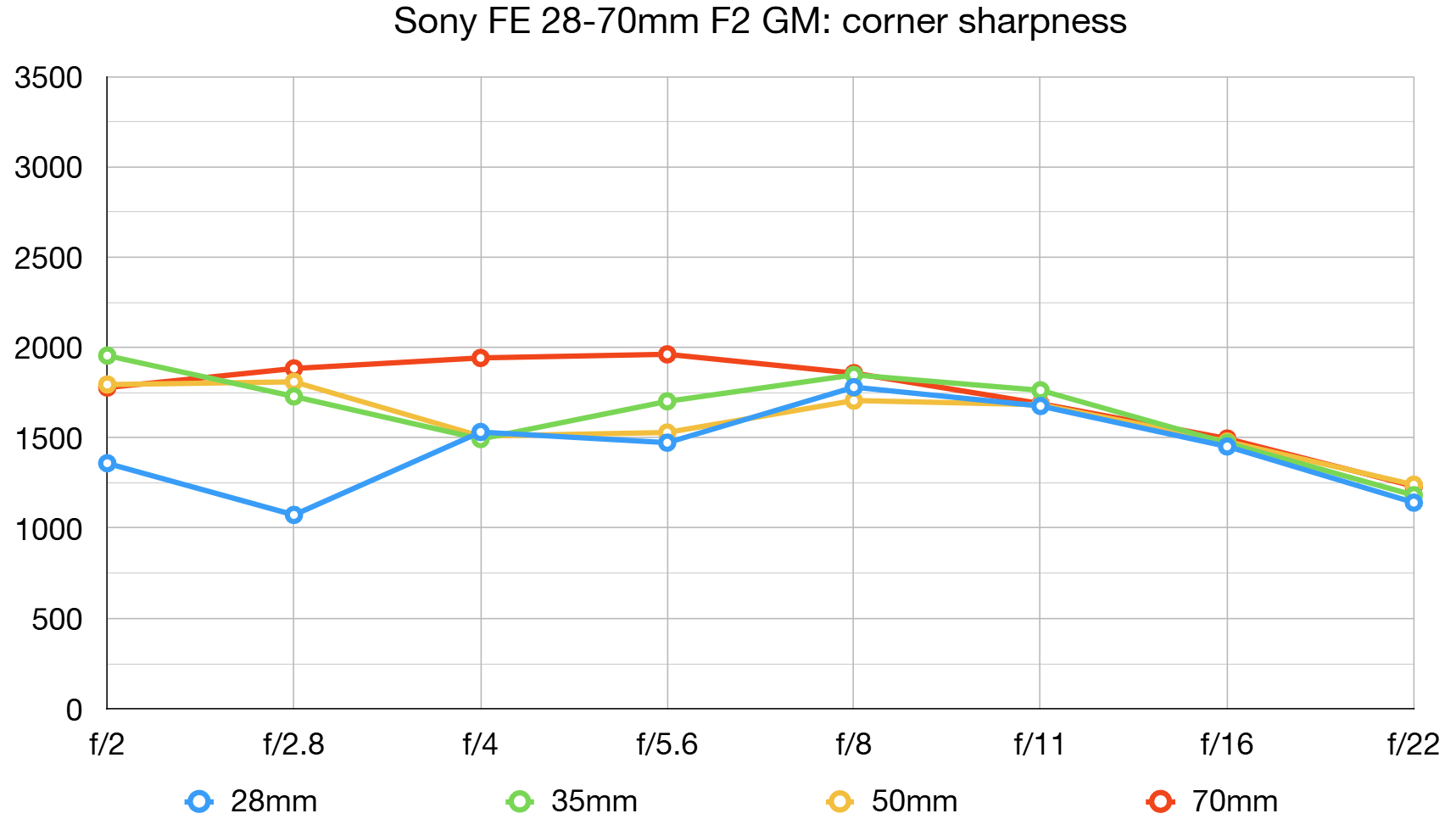
Sharpness in the center of frame is nothing short of sensational. We'd be impressed at these scores from a prime lens, so for a zoom to perform this well is phenomenal. Corner sharpness is inevitably less impressive, partly due to the close proximity of our test chart, but it's still a solid performance.
Fringing:
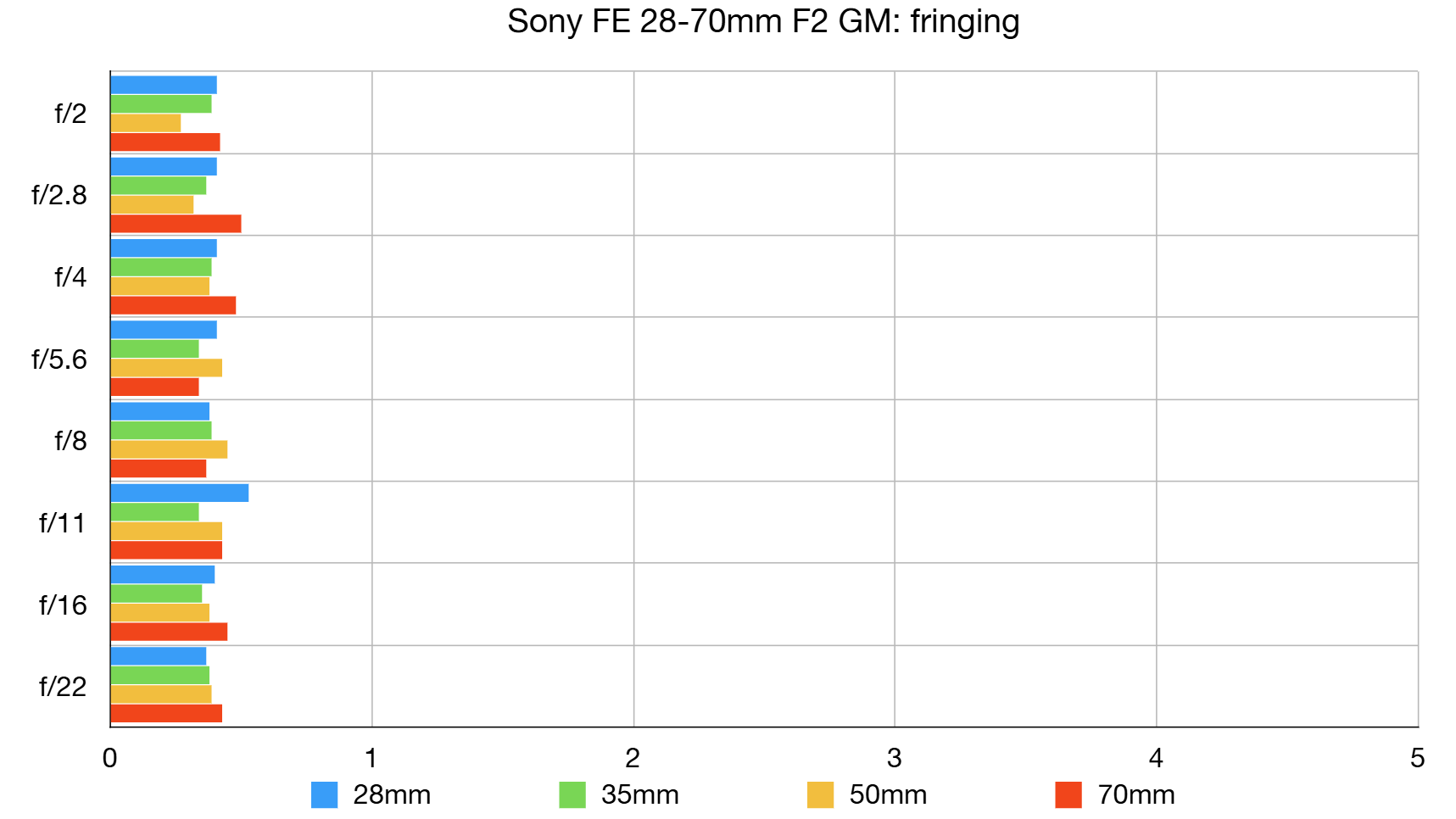
Color fringing is consistently negligible at all focal lengths and apertures - another impressive result for a zoom lens.
Distortion:
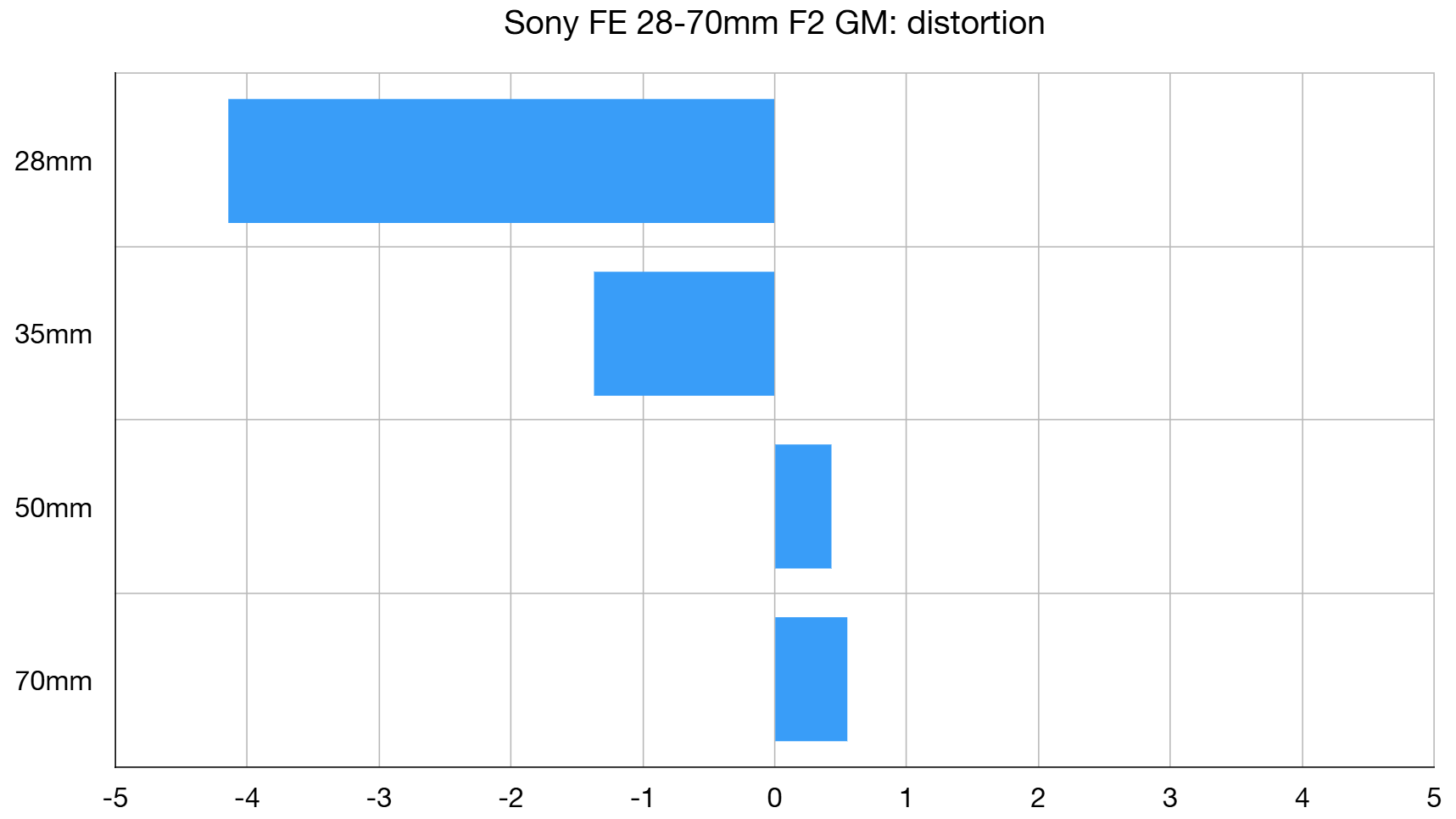
As we've now come to expect even from high-end lenses, optical distortion is corrected in-camera, rather than being physically engineered out of the glass itself. If you disable these corrections there's prominent barrel distortion visible at 28mm, but in real-world shooting, there's little reason to ever disable in-camera correction.
Sony FE 28-70mm f/2 GM: Verdict
The Sony FE 28-70mm is a remarkable feat – a standard zoom lens that can almost match some of the best prime lenses for maximum aperture, all while not being much larger than a standard 24-70mm lens. It's big, but it's not too big to carry around even for a long day of shooting – I have marched around for hours with this lens and it really doesn't feel all that different from my usual f/2.8 zoom.
But there has to be a catch right? Well, apart from the sky-high $2,999/£3,049 price tag there are really few negatives I can find about this lens. It is incredibly sharp throughout the aperture and zoom range. There is 4mm missing from the standard zoom at the wide end, although I didn't miss this too much, and at the telephoto end, the aperture wide open can create some stunning falloff.
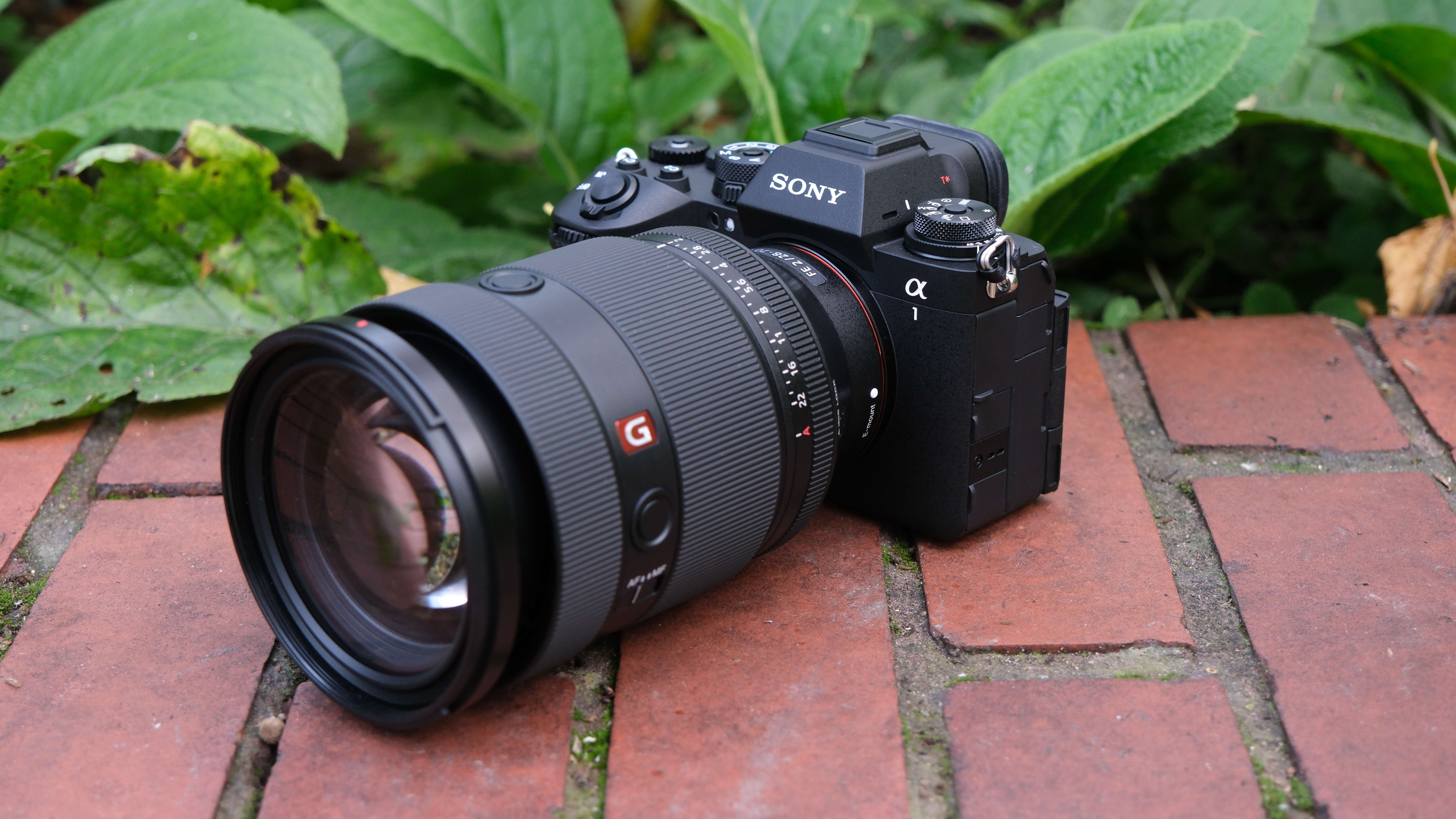
✅ Buy it...
- If you are professional who needs the widest aperture you can get in a standard zoom regardless of size or cost.
🚫 Don't buy it...
- If you want a big aperture then you might be better suited by buying prime lenses instead, or sticking to the standard 24-70mm f/2.8.




